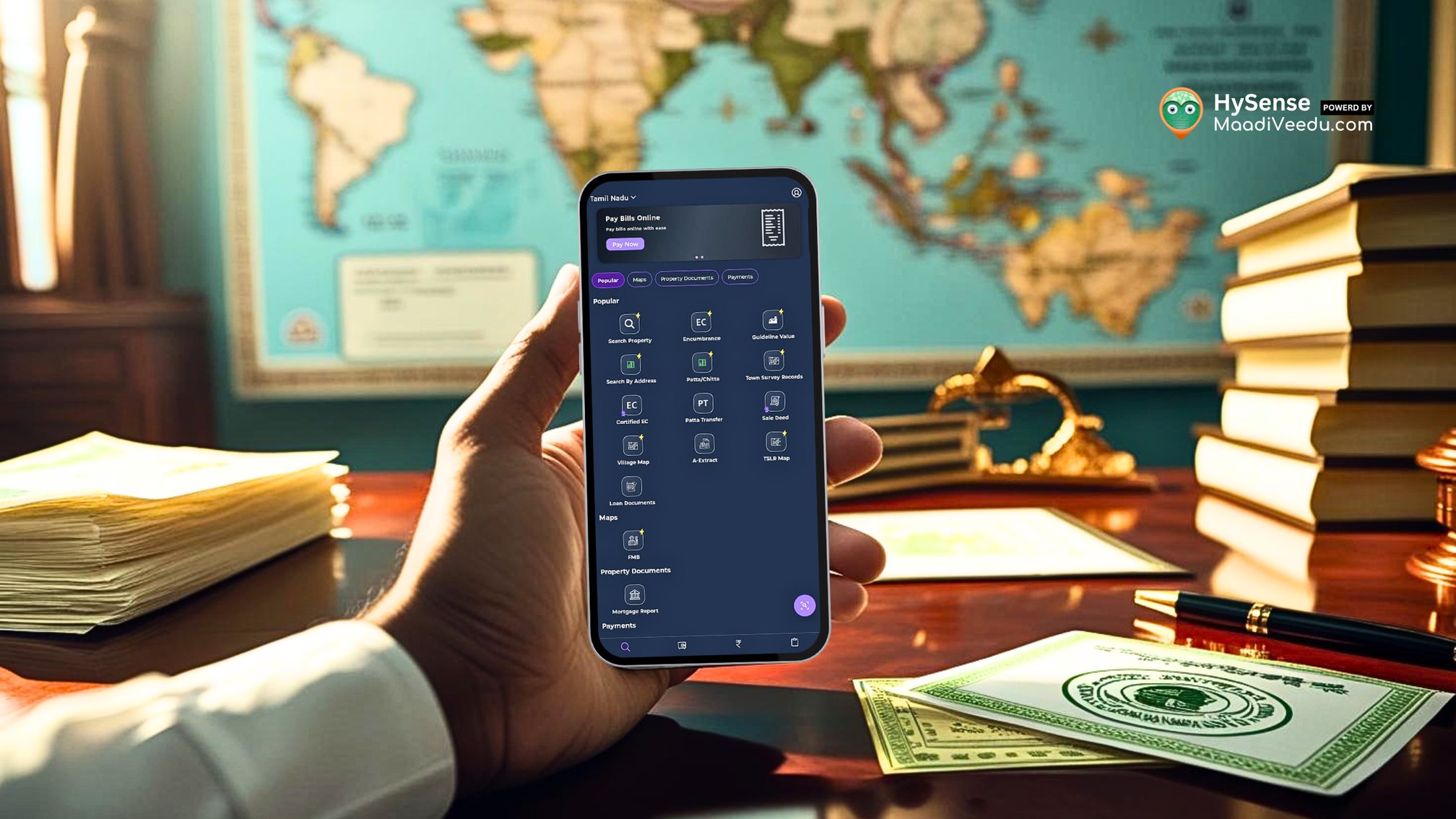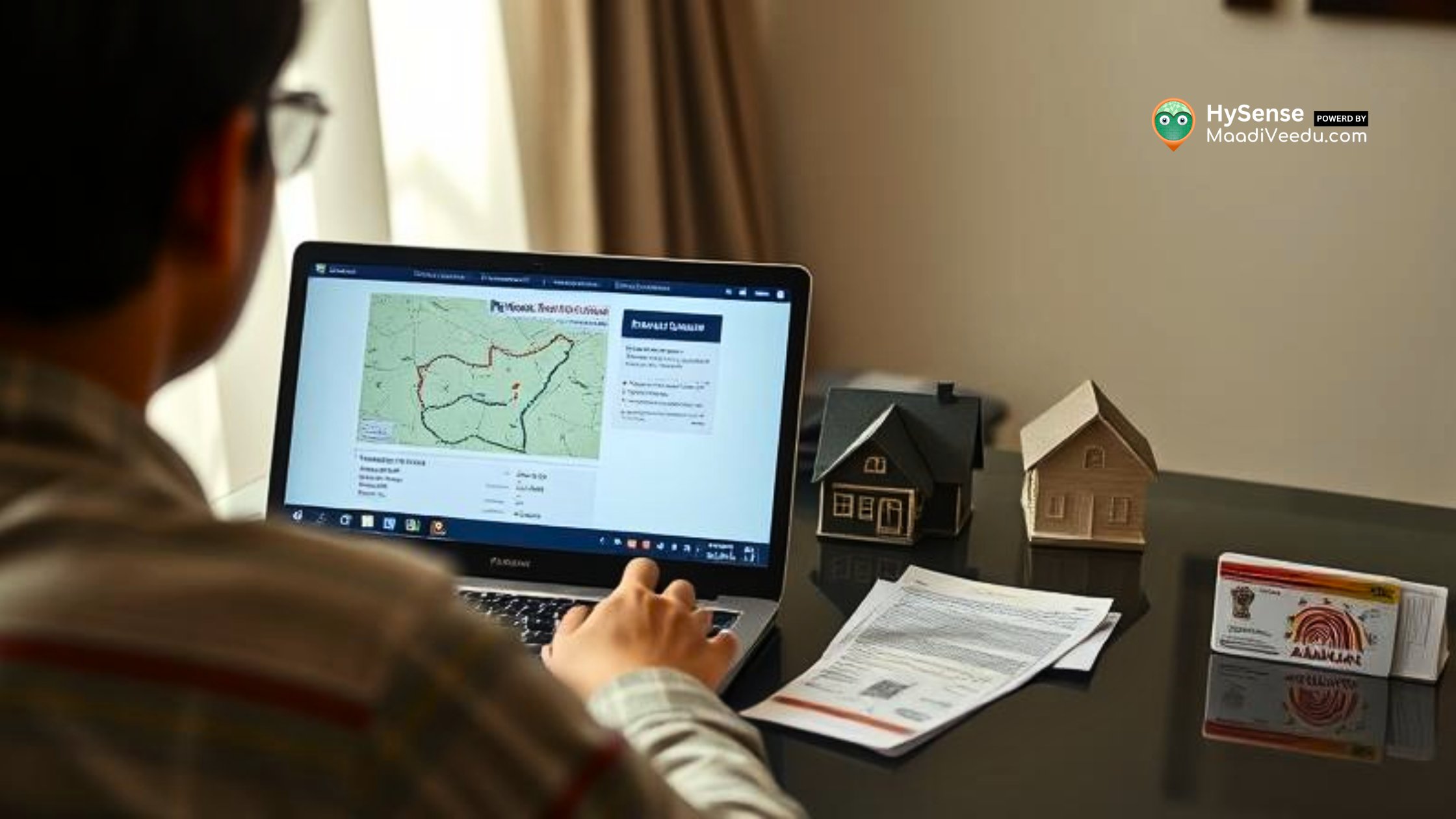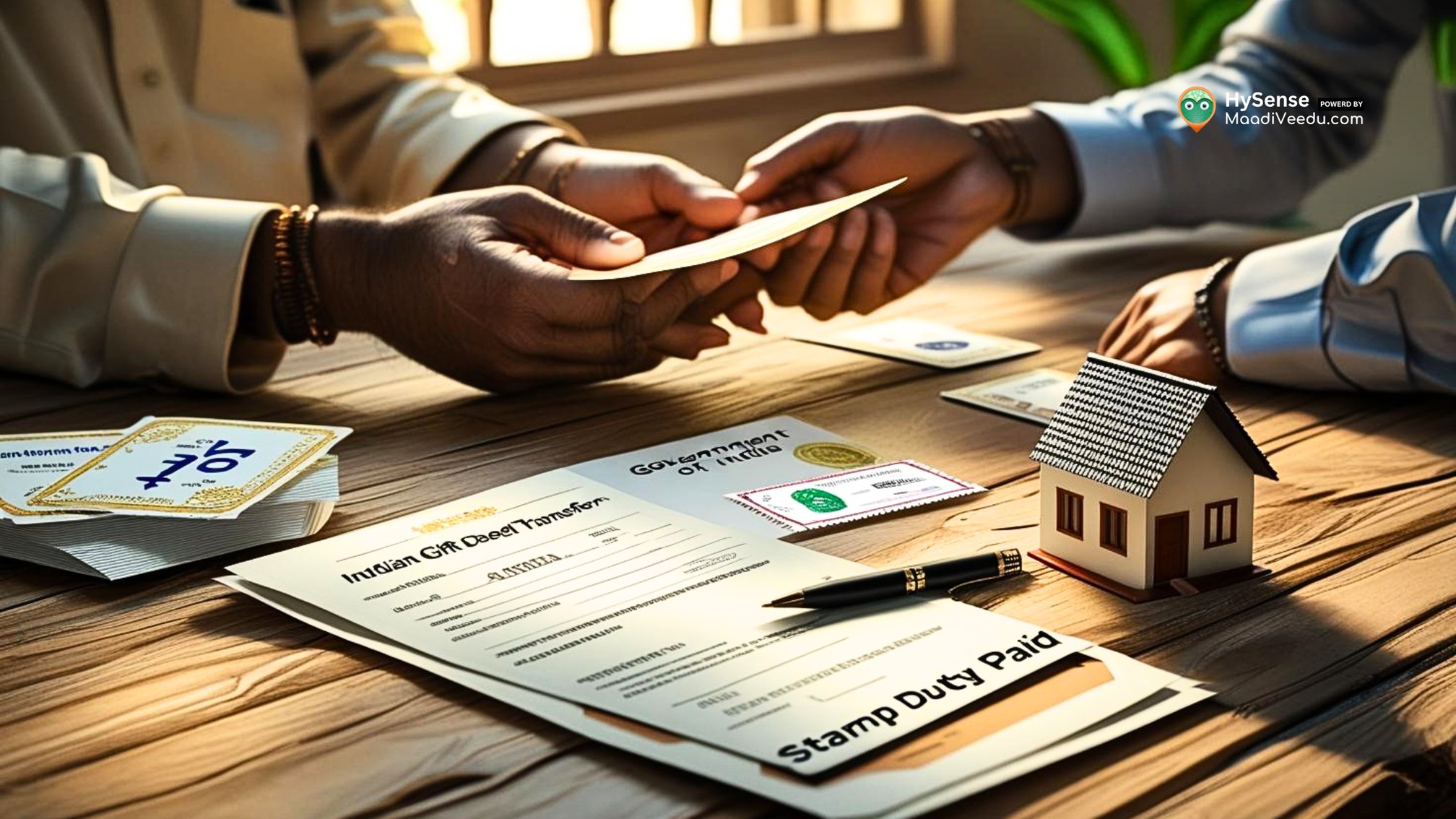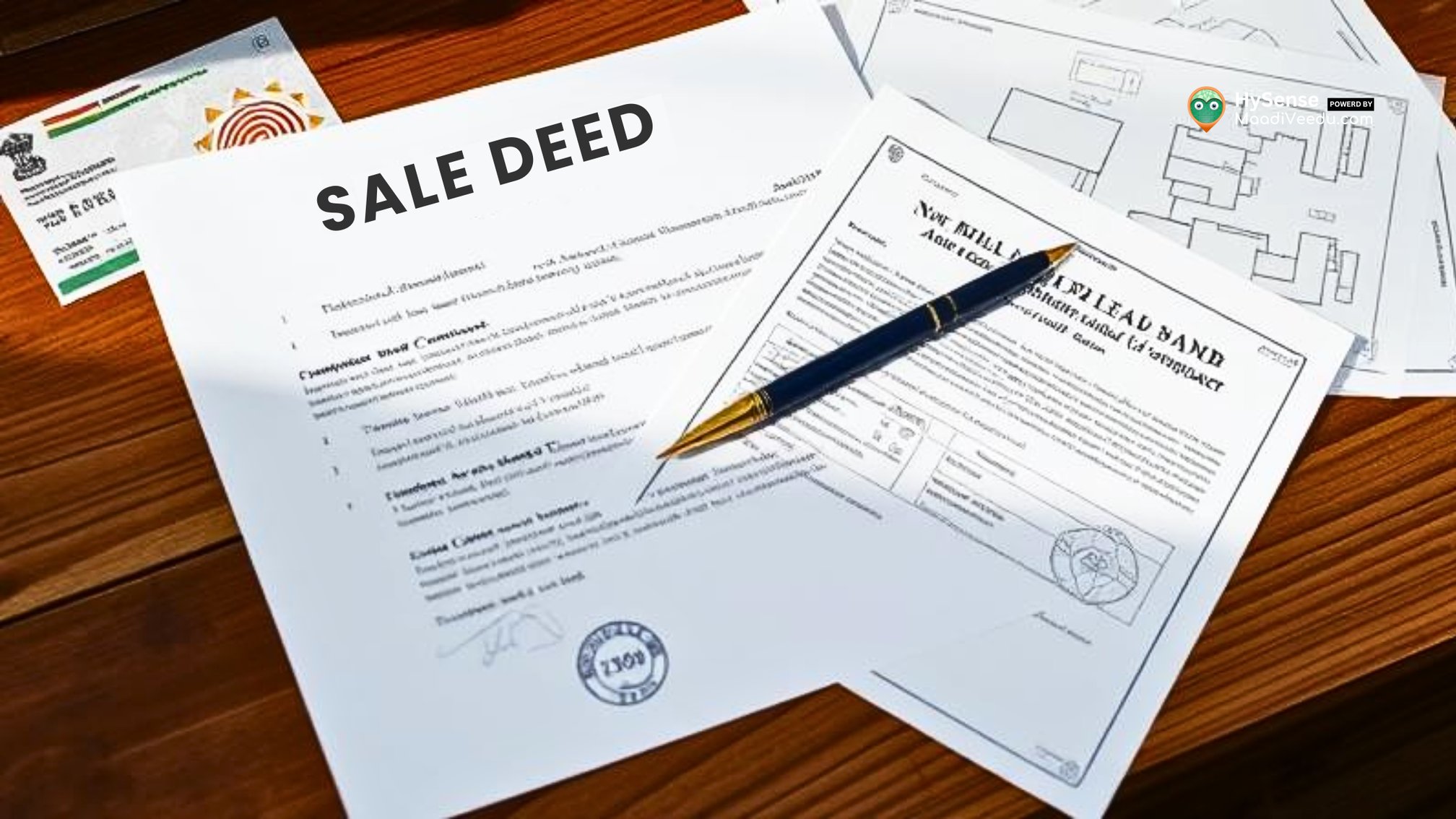Can You Get a Home Loan on a Property with an Existing Loan? Full Guide & Process
Learn how to take a home loan on a property with an existing loan. Explore balance transfers, top-up loans, loan takeovers & key legal steps. Read now!

Table of Contents
Buying a home is one of the biggest financial steps in life. While most people use home loans to make this dream come true, many buyers and sellers face a unique situation — what if the property already has an active loan?
Is it possible to get a fresh home loan on such a property?
Yes, it’s possible — but you must be aware of the legal, financial, and practical aspects involved.
Let’s walk through the complete process in simple English, so both buyers and owners can understand and make the right decision.
Find handpicked property listings with clear documents and active loan eligibility – updated for your location.
What Does It Mean If a Property Has an Existing Loan?
A property with an existing home loan means that the current owner hasn’t yet cleared their loan completely and the property is still under lien, which means the lender (bank) still holds the right over the property documents.
As a buyer, you need to make sure:
- The ownership transfer happens only after clearing the old loan.
- You’re not taking on someone else’s liabilities unknowingly.
- The title is clean, and all bank dues are handled properly.
As a current owner, you need to know your options if you want to:
- Save money through lower interest
- Borrow more for home needs
- Restructure your loan
Options for Existing Property Owners – Smarter Loan Handling
1. Balance Transfer Loan – Shift to Save
Balance transfer is the process of shifting your home loan from one lender to another for better interest rates or better terms.
Why it matters:
- Reduces EMI burden
- Helps repay loan faster
- Sometimes comes with lower processing charges or pre-approved top-up offers
📍 Tip: Most banks allow balance transfers only if you’ve paid EMIs for at least 12 months.
👉 Wondering how much you could actually save by switching banks? Just check your current EMI against a new rate using a simple home loan EMI calculator — it gives a clear picture.
2. Top-Up Loan – Unlock More Funds
A top-up loan allows you to borrow extra over your existing home loan. This is usually available to those with good repayment history and a decent gap between property value and current outstanding loan.
Top-Up Loan Benefits:
- Lower interest than personal loans
- Used for any purpose (education, wedding, medical, etc.)
- Faster approval since the bank already holds property documents
Real-Time Scenario:
Many banks now offer top-up loans at interest rates between 8.25% – 9.50% compared to personal loan rates of 11% – 15%.
3. Home Loan Takeover + Extra Loan – Dual Advantage
If you need both better terms and more funds, some banks allow loan takeover along with a top-up or additional home loan.
This is like hitting two birds with one stone — you get better loan terms and extra cash based on property value.
📍 Example:
Outstanding loan: ₹25 lakhs
New bank offers: ₹25 lakhs (loan takeover) + ₹10 lakhs (additional loan)
4. Loan Against Property (LAP) – Using Equity Smartly
LAP is different from a home loan. Here, you mortgage your existing property (residential or commercial) to get a larger loan based on market value.
Benefits:
- Loan tenure can go up to 15–20 years
- Used for business expansion, higher education, medical expenses
- Lower interest than unsecured loans
📍 Note: LAP interest rates are usually between 9% – 11.5%, depending on lender and credit profile.
👉If you're dealing with different land measurement terms like cents, acres, or square feet, using a unit converter can help avoid confusion and give clarity during property discussions.
What If You’re Buying a Property with an Existing Loan?
If you're the buyer, and the property has an active home loan from the seller, here’s how you can buy it without legal hassles:
Explore verified properties that are pre-approved for loans with secure documentation – limited-time listings now available.
1. Buyer Takes Over the Seller’s Loan
This method is common when the seller's bank agrees to transfer the remaining loan to the buyer.
What’s Required:
- Bank checks your eligibility and credit score
- You sign a fresh agreement with the same bank
- You pay the balance sale value directly to the seller
Caution: Always get the loan takeover confirmed in writing before making payments.
2. Seller Clears Loan Before Selling
In this traditional route, the seller uses part of your advance money to clear the outstanding loan. After this, the bank releases property documents, and the property is transferred to you.
Checklist for Buyers:
- Collect original sale deed and NOC
- Check updated encumbrance certificate
- Do property title verification with a legal expert
3. Bank-to-Bank Transaction
You take a home loan from your bank (e.g., Bank A), which directly repays the seller’s bank (e.g., Bank B). The remaining sale price goes to the seller.
Why This is Best:
- Safer and transparent
- Banks coordinate to release and collect property documents
- Risk of fraud or fake title is minimized
Before making any cross-border payment, especially for large transactions like property, it’s a good idea to check the conversion rate — it gives a clearer idea of the actual investment amount.
Before You Proceed – Key Things to Check
✅ Title and Documentation
- Check if the title is in seller’s name only
- Review EC for past 15 years
- Ask for sanctioned building plan, tax receipts, and NOC from society or local body
✅ Outstanding Loan Amount
- Ask for a latest loan statement
- Ensure loan amount, interest, and dues are clearly disclosed
- Ask the seller’s bank for a loan closure letter
✅ Your Own Eligibility
- Ensure your CIBIL score is 750+
- Check your EMI affordability using our calculator
- Compare multiple banks for interest rate and processing charges
📍 Pro Tip: Get a legal opinion before buying any mortgaged property to ensure clean transfer.
Required Documents for Loan Takeover or Balance Transfer
- Property title documents
- Loan sanction letter and repayment schedule
- Latest loan statement (from seller’s bank)
- Identity and income proof (salary slips or ITR)
- PAN card and Aadhaar card
- Bank NOC (no objection certificate)
- EC (Encumbrance Certificate) – up to date
FAQs – Home Loans on Mortgaged Properties
1. Can I take two home loans on the same property?
No, banks do not offer two home loans on the same property. However, top-up loans or LAP are possible if eligibility is met.
2. What happens if the seller doesn’t close the loan?
The property will remain under bank lien. You won’t get full ownership or register the property until the loan is cleared.
3. Is it safe to buy such a property?
Yes, as long as:
- You verify documents
- Clear the seller's loan through the bank
- Do the registration after loan closure or transfer
4. What’s the best way to buy such a property?
Bank-to-bank transfer is safest. It ensures the loan closure, document collection, and title transfer happens smoothly with official bank processes.
5. Is GST applicable on such resale homes?
For completed or second-hand homes, GST is not applicable, but stamp duty and registration charges must be paid.
Conclusion – Know the Process, Stay Safe
Buying or managing a home loan on a property with an existing loan is completely doable, but you must take the right legal and financial steps. Always verify the title, outstanding dues, and bank policies before making any decision.
Whether you're an owner planning a balance transfer or a buyer purchasing a home with a seller’s loan — stay informed and proceed with expert advice.
Check out premium home and plot listings with verified documentation and flexible loan support – updated daily for your location.
📘 For more real estate tips and buyer guides, visit: blog.maadiveedu.com











